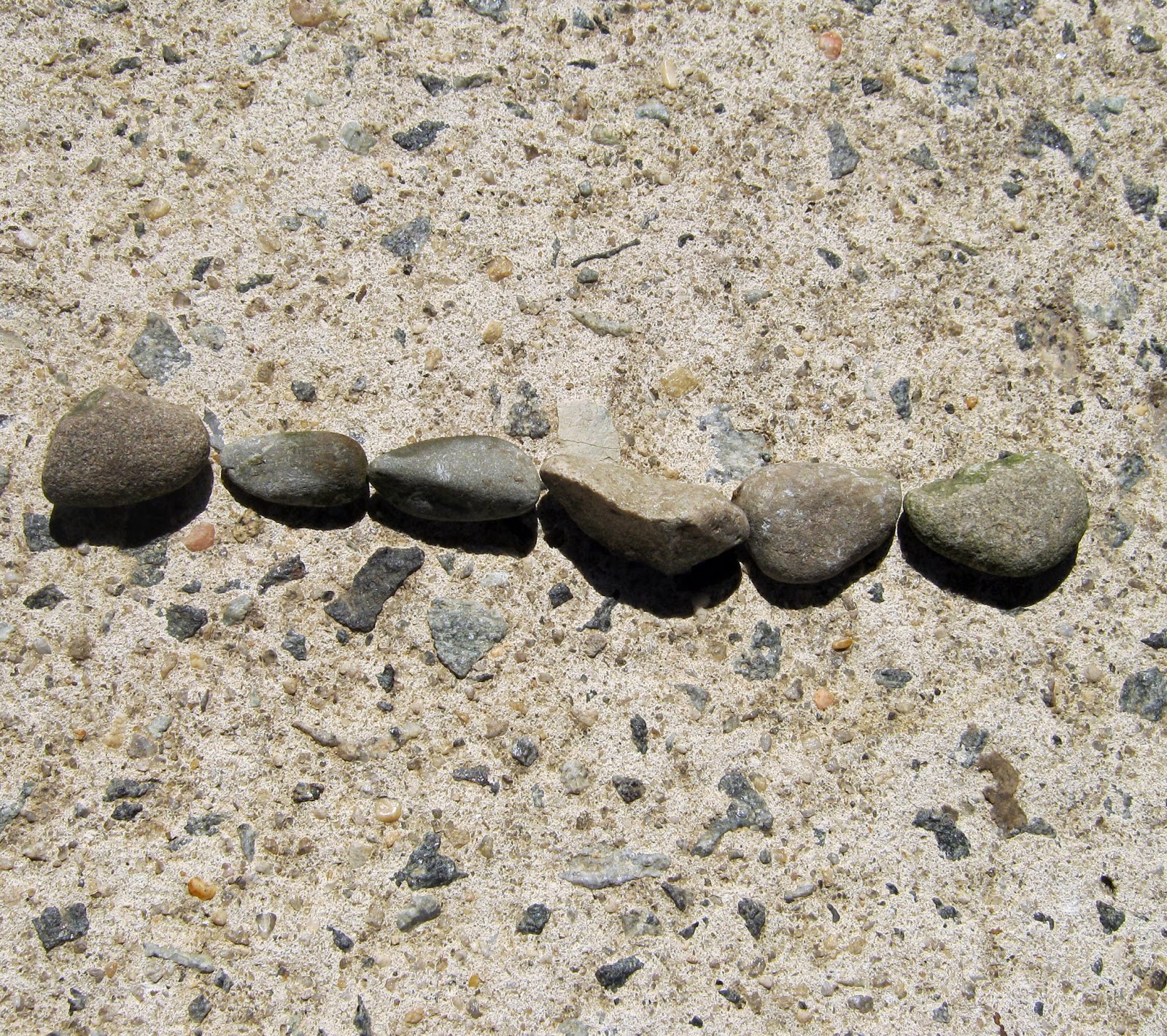Each group is focusing on images outside on the grounds of the school with their digital cameras. We are learning how to properly carry a camera, how to hold it steady while shooting an image, and how to frame the picture. Once we all have images saved to our folders on Google Drive, we will begin working in Ranney School's new Media Center and discover how Photoshop can crop, adjust and alter our pictures for our first project.
Here are some things to remember when taking a picture with your camera (or even your smartphone) ...
1. A digital camera has a monitor that frames your image. Take advantage of this feature and make sure you have included all of the image within this frame. With Photoshop you can always crop off the part you don't want in your composition, but it is really hard to re-create the top of someone's head! Just to make sure, allow for plenty of room all around your subject matter.
 |
| Photo by Winston |
3. Hold the camera steady when you are shooting. The digital cameras we use have an auto focus function, as do phones. If your hand shakes when you snap the picture, you are not giving the camera a chance to focus. A blurry picture is not usually the fault of the camera, but of the photographer. Sorry!
 |
| Photo by Taylor |
6. This last tip is for compact digital camera users. When the camera is "on" and in shooting mode, a lens pops forward out of the body of the camera. If the camera falls or hits something, this lens can jamb or lock into this position, not allowing you to turn it off. It is the most common reason a digital camera is brought in for repairs. When you are not shooting photographs, remember to turn your camera "off" and save your lens, not to mention your battery life!
If you love to take photographs at home, I would love to see them! Bring them in and share them with the class.
Feel free to add your own comments and tips about photography below.
Happy picture taking, everyone!
Note to families...
This art blog will be updated regularly with new posts sharing our daily activities in the art room and news about upcoming art exhibits. To respect the privacy of our students, names will always be limited to first name only and identifiable photos will never be accompanied with a name. If you have any questions or comments, please feel free to write in the comment box below or send me an email at blevine@ranneyschool.org. I would love to hear from you!
In my class, students are given the chance to explore different materials and fun new techniques as they develop their signature style. Some young artists love to draw with a pencil, some like to paint on canvas or create images in a digital format, while others prefer working with clay and molding three-dimensional forms. In my classroom, we use a variety of materials allowing all artists to experiment and figure out which type of art they like the best. At Ranney School, we place a strong emphasis on originality and celebrate artistic differences, always nurturing and encouraging the imagination of every student.
Remember to check out our display of finished artwork and student portfolios in the Ranney home page of Artsonia.com. http://www.artsonia.com/schools/school.asp?id=114839

No comments:
Post a Comment
Thank you for your thoughts!
Barbara Levine
Ranney Lower School Art